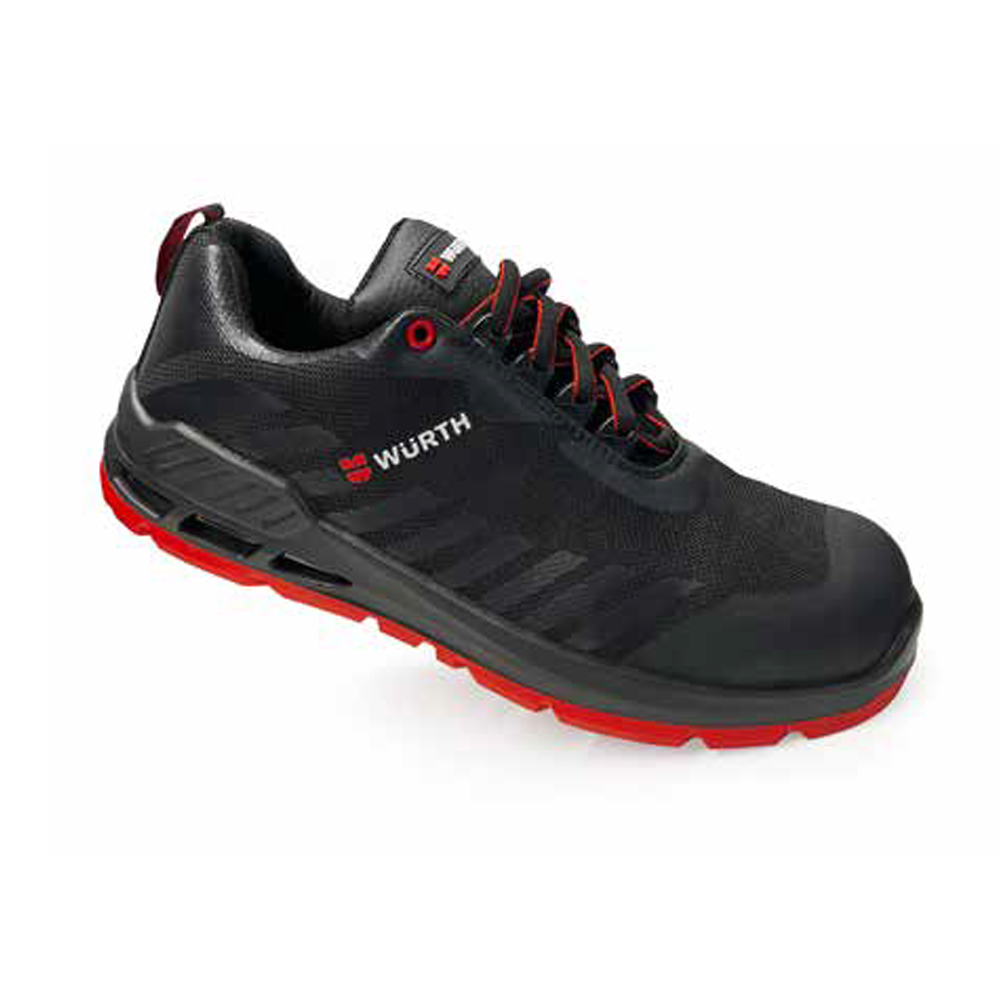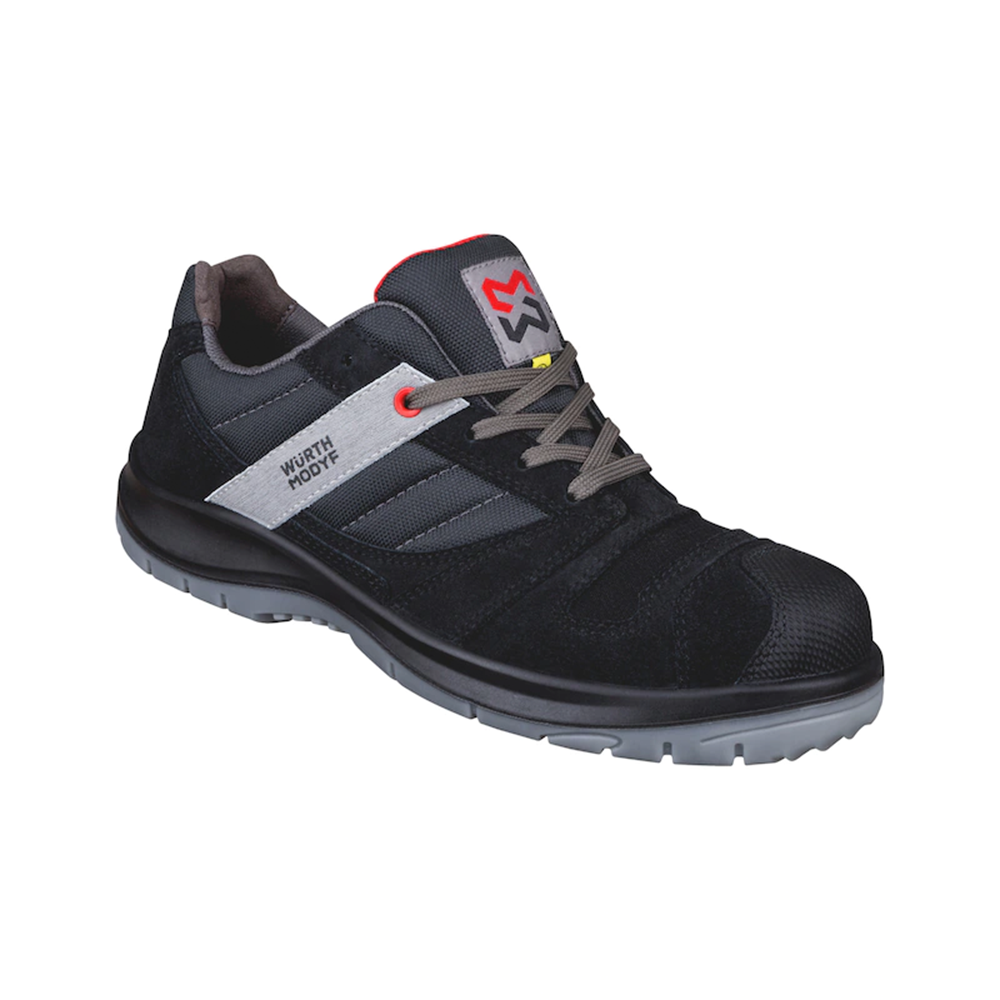
The Best Work Shoes for Auto Repair Shops
Όταν δουλεύεις σε συνεργείο, τα πόδια σου χρειάζονται σωστή προστασία. Το πάτωμα μπορεί να είναι

Power tools have become essential in many areas of professional work and for DIY projects at home. From carpentry and metalworking to furniture assembly, these tools offer power and precision. Below is a more detailed guide to power tools, covering their benefits, features and necessary safety precautions.
Drills are among the most basic and widely used power tools. They are used to drill through materials such as wood, metal and plastic. Impact drills offer extra power for harder materials, such as concrete, using oscillations that increase efficiency.
Choose drills with adjustable speeds for better control depending on the material and application.
Angle grinders are used for cutting, grinding and polishing materials such as metal and stone. With the right blades, they can be used on a variety of materials. They are powerful tools and require great care in their use, especially to avoid injury.
Electric jigsaws are suitable for precise cuts and versatile for different materials, such as wood, metal or plastic. There are different types, such as circular saw jigsaw and band saw. Ideal for carpentry and other construction work that requires precise cutting.
Abrasive tools are essential for finishing surfaces and creating smooth surfaces on wood, metal and plastic. They are often used in furniture manufacturing and in the maintenance of metal parts. Tools such as grinding wheels and polishers provide excellent performance in demanding finishing tasks.
Electric soldering irons are essential tools for metal welding, mainly in electronic and electrical work. They are used for joining metal components, circuits and other sensitive work that requires precision and temperature stability.
For more demanding applications, there are sophisticated power tools, such as battery impact drills that offer power and flexibility, as well as circular saws, which are ideal for precise and fast cuts of large surfaces. Also, rechargeable tools offer complete freedom of movement, without the restriction of cables.
Power tools come in different power ratings, depending on the needs of the job. For heavy-duty tasks, high power (measured in watts) is essential. For example, drills with more watts can handle harder materials, while tools with lower power are suitable for lighter jobs like screwdriving.
Cordless tools offer mobility and flexibility, making them ideal for outdoor or remote work. However, corded tools often offer more power and are suitable for long-term work.
Tool ergonomics and weight are critical to comfort and efficiency during use. Tools that are comfortable to hold reduce fatigue and increase efficiency, especially when working for long hours.
The correct use of power tools is essential for the user's safety. The following safety precautions must be strictly followed:
Which power tool is best for woodworking?
The electric drill and jigsaw are essential for cutting and drilling wood. Abrasive tools are also important for finishing.
How do I choose the right tool?
Evaluate the power, ergonomics and application you need. Cordless tools are ideal for flexibility, while corded tools offer continuous power.
What are the advantages of cordless tools?
Cordless tools offer mobility and freedom of movement, ideal for outdoor or remote work. However, they may not have the same power as corded tools.
What should I pay attention to when maintaining power tools?
Regular cleaning, proper storage, and replacing worn parts are key to increasing the lifespan of your tools.
Power tools offer efficiency, precision and versatility, making them ideal for professionals and DIY enthusiasts. By choosing the right tools based on your needs and usage, you can achieve high productivity and ensure quality results on every job.

Όταν δουλεύεις σε συνεργείο, τα πόδια σου χρειάζονται σωστή προστασία. Το πάτωμα μπορεί να είναι

Σε πολλές επαγγελματικές δραστηριότητες, η υγρασία και οι καιρικές συνθήκες αποτελούν καθημερινό εμπόδιο. Από εργοτάξια